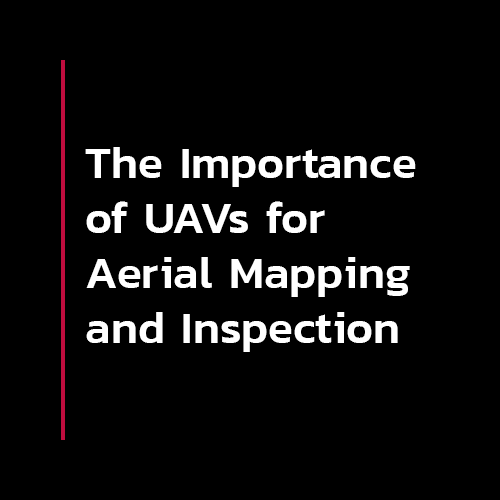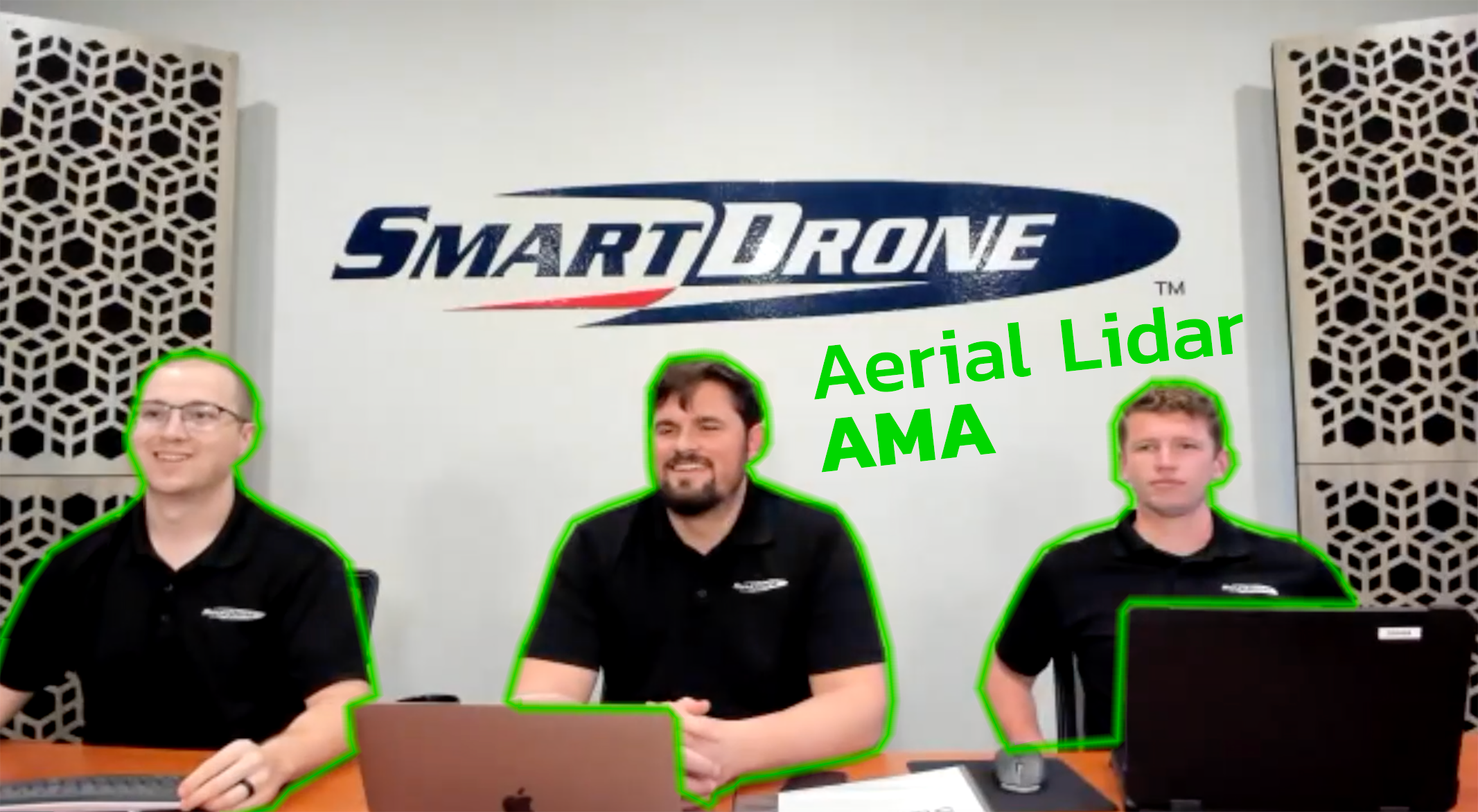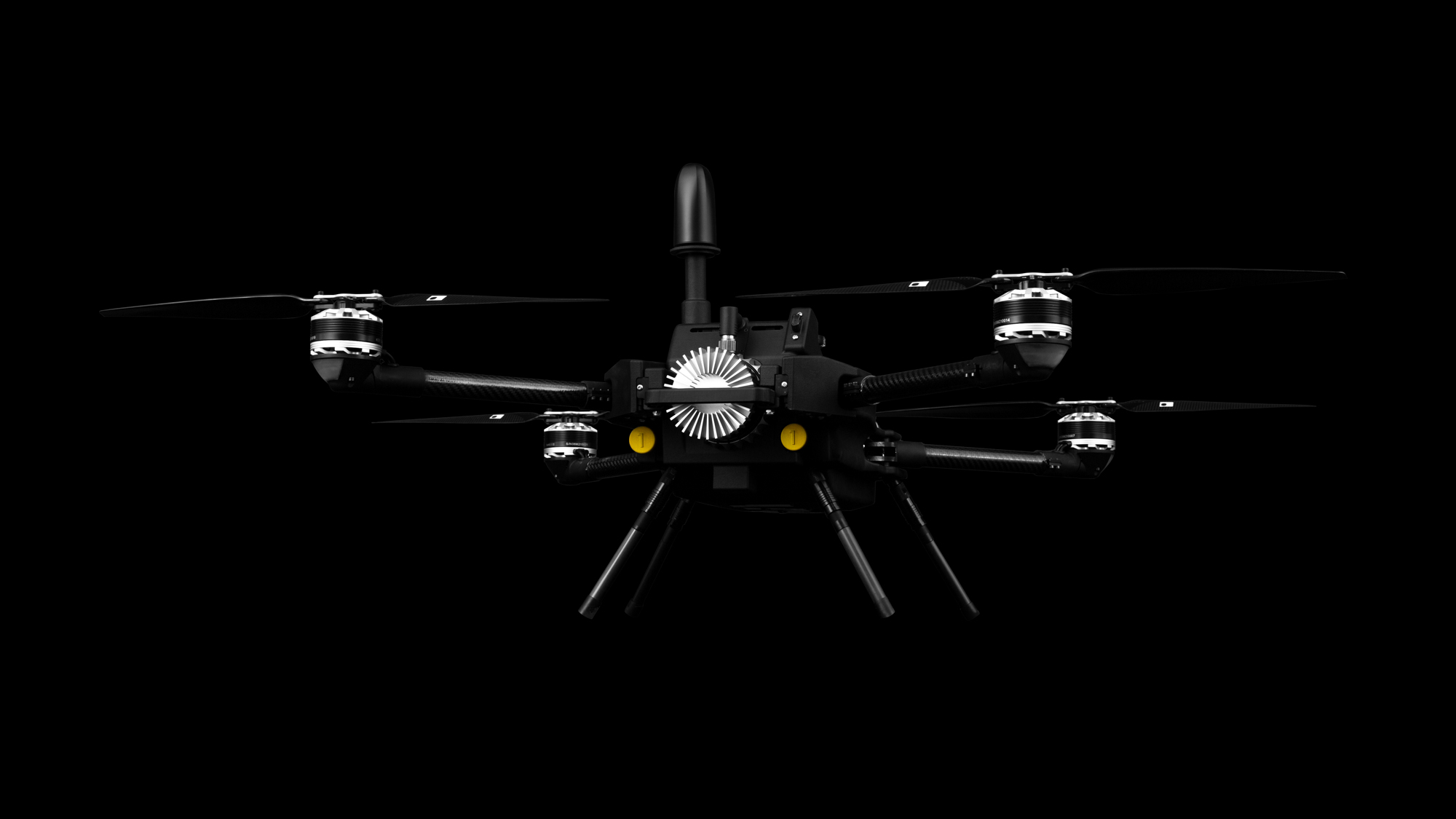What if you could map your whole world? What if you could observe it in minute detail, like never before? The rise of unmanned aerial vehicles (UAVs) has enabled us to do just that. UAVs are changing how we see our world, from mapping the terrain for agriculture and infrastructure design, monitoring natural disasters, to looking at 3D scans of historic sites on TV.
The recent introduction of UAVs to commercial and industrial applications has revolutionized mapping and inspection. Now, high-resolution photographs or point clouds are taken from the sky at lower prices than ever before. This new technology allows for an expansive overview of the world around us at a fraction of the cost. There are endless possibilities for mapping our world with these technological innovations, making it more accessible to everyone. Read on to find out how!
Applications for Aerial Mapping
Aerial mapping is any imaging technique used to collect data about the earth's surface, locate features, or describe improvements. It has many industrial applications, including surveying, monitoring, and analyzing geographical features or improvements like rivers, roads, or forests.
Leveraging UAVs to map out a project or job site has many benefits. UAVs have the potential to improve the efficiency and accuracy of mapping projects by providing a bird's-eye view of a job. They can scan without being intrusive, without requiring physical access to adjacent properties, and without interfering with other work going on at the job site.
Drones for Aerial Mapping
Aerial mapping is becoming more popular because it can generate accurate vertical measurements within 6 centimeters or less depending on the technique applied. UAVs used for aerial mapping are usually fitted with either an RGB camera sensor (for generating orthomosaics and photogrammetry) or other sensors such as lidar mounted on a drone for penetrating canopies and mapping below. These technologies can increase productivity on recurring jobs and prompt early warnings of potential problems by more frequent measurements.
Aerial mapping using lidar on a drone is a technology that makes aerial mapping cheaper, more accessible, and more suitable for remote locations and dense canopies. To achieve this, a drone is equipped with lidar (light detection and ranging) sensors capable of measuring distances using a laser scanner to penetrate even the densest canopies. Wherever sun can touch the ground, lidar can measure.
Drones are ideal for archaeological mapping because of their ability to take detailed images and collect 3D lidar data, which archaeologists can use together with additional information for a richer review of historical sites. Researchers have also used drones and lidar mapping archaeology to conduct research and to uncover previously invisible ground features and patterns in the earth. Using these techniques, archaeologists can determine if objects appear hidden under soil layers. They can also identify existing paths and trails for archaeologists to follow during their fieldwork.
Applications for Aerial Inspection
UAV aerial inspection uses unmanned aerial vehicles (UAVs) to inspect power plants, oil platforms, bridges, and other structures. The sensors most used for inspections are RGB and Thermal. However, lidar may also be used to develop more accurate 3D views of a plant or area of interest.
In the last ten years, there has been an increase in drones used for inspection and measurement purposes. A large part of this is the safety improvements that automated scanning systems offer. In addition, aerial inspections can get closer and provide a higher resolution view of plant sites or cell towers, giving remote teams a new advantage when evaluating maintenance and repairs. The UAV aerial inspection market will witness fast growth over the next decade because these drones are equipped with high-quality sensors that can make the process of inspection more frequent, cheaper, faster, and safer.
Why SmartDrone?
SmartDrone's specific focus is on aerial mapping; we work with executive leaders of land surveying, civil engineering, and earthworks businesses who are responsible for data collection and delivery. Their traditional topography work is not effective and efficient, and this causes them to miss client expectations or job opportunities. The SmartDrone solution provides accurate data ten times faster than traditional methods. Reach out today to learn more and speak to one of our specialists.
Our unlimited self-service lidar processing software is part of a complete manufactured in U.S. lidar drone platform that is designed to quickly capture and process drone lidar data and make it easy to use in your current workflows. Reach out today to learn more about how lidar can be feasible for your business!



